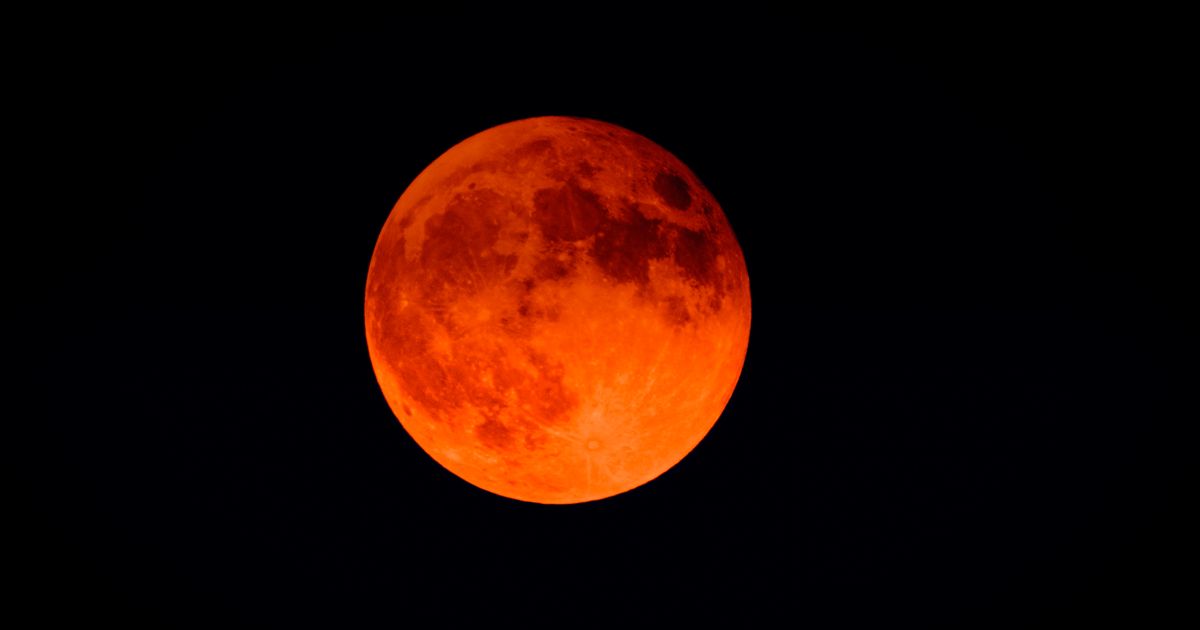Sky watchers in the UK will soon be able to witness a rare Blood Moon in the second lunar eclipse of 2025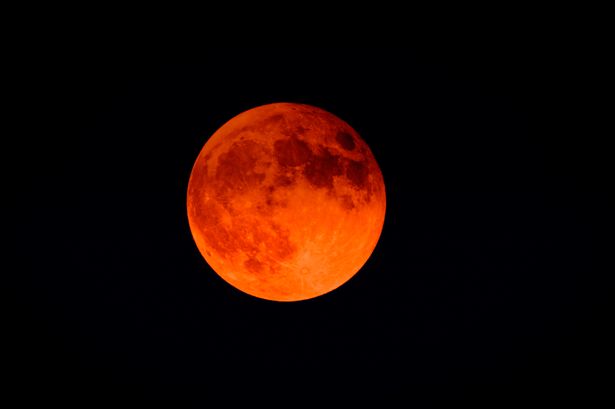 The second total lunar eclipse of 2025 will be visible in September(Image: Getty Images)
The second total lunar eclipse of 2025 will be visible in September(Image: Getty Images)
The UK has already witnessed two spectacular eclipses this year – and a third is on its way.
In March 2025, sky watchers were treated to back-to-back eclipses where a spectacular partial solar eclipse followed a stunning Blood Moon lunar eclipse.
A lunar eclipse occurs when the Moon, Sun, and Earth align in such a way that the Moon passes out of the Sun’s rays and into the Earth’s shadow.
This causes the Moon to turn a vibrant orange-red due to the way sunlight is reflected through the Earth’s atmosphere, hence why a ‘Blood Moon’ is a common name for a total lunar eclipse.
For those who may have missed the lunar eclipse in the early hours of March 14 this year, another Blood Moon will glow in UK skies on September 7.
Large parts of the UK will be able to witness totality – when the Moon passes entirely into the Earth’s umbra, the darkest part of its shadow – in the next lunar eclipse.
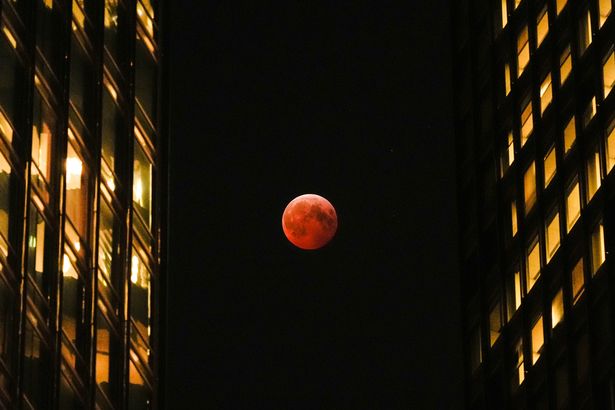 A Blood Moon glowed in skies around the world in March this year(Image: AP)
A Blood Moon glowed in skies around the world in March this year(Image: AP)
The event will begin just after 7pm and last until around 10pm, but its maximum will happen at around 7.33pm BST, according to the Royal Observatory Greenwich.
Where to see the total lunar eclipse in the UK
The September total lunar eclipse will be the longest since 2022, with totality visible across Australia, Asia, Africa, and Europe. According to the tracking website Timeanddate, 86 per cent of the global population lie in the eclipses path where at least some of its total phase will be visible.
In the UK, the full eclipse won’t be visible from start to finish, but many areas can still catch the final phases as the Moon rises. Eastern England will enjoy the longest view of totality – Great Yarmouth on the east coast will see nearly 29 minutes – while other parts of the UK could only see a few minutes.
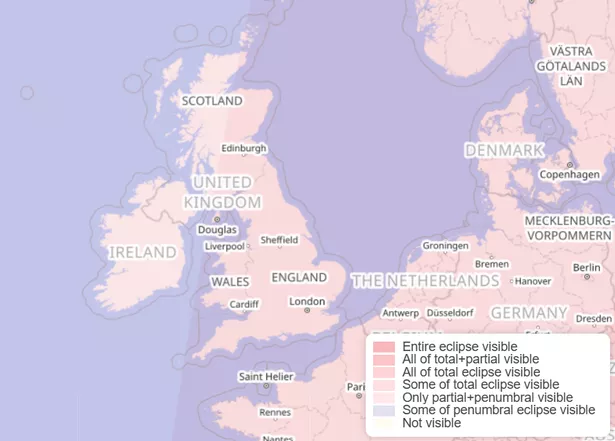 Some of the total lunar eclipse on September 7 will be visile to parts of the UK(Image: Timeanddate)
Some of the total lunar eclipse on September 7 will be visile to parts of the UK(Image: Timeanddate)
In Manchester, the Moon will rise at 7.41pm BST on September 7, just before the eclipse peaks at 7.52pm, giving 11 minutes of totality.
Western regions – including parts of Wales, Scotland, and all of Northern Ireland – will only see a partial lunar eclipse.
For the best view, the Royal Observatory Greenwich recommends heading to a high spot with an unobstructed view of the eastern horizon as the Blood Moon will be low in the sky.
The science behind a total lunar eclipse
The Moon typically shines a brilliant white in the night sky, but when the Earth partially blocks sunlight to the Moon, its thick atmosphere changes how the Sun’s rays project onto the lunar surface. This is essentially the same process that makes sunsets appear red.
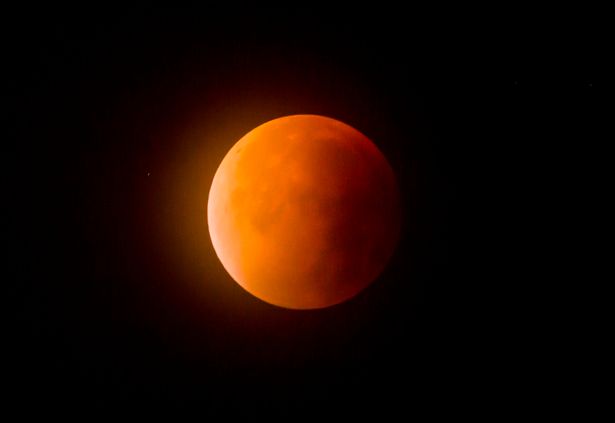 A Blood Moon happens when sunlight is scattered through Earth’s atmosphere onto the Moon(Image: PA)
A Blood Moon happens when sunlight is scattered through Earth’s atmosphere onto the Moon(Image: PA)
Before the March 2025 lunar eclipse, the Royal Observatory Greenwich astronomer Jake Foster said: “When the Earth comes between the sun and the moon, the only sunlight that can reach the moon must first pass through the Earth’s atmosphere.
“As sunlight enters the atmosphere, different wavelengths (and therefore colours) of light will be scattered and bounced around by differing amounts. Blue light scatters a great deal, which is why our skies are blue.
“Red light is mostly unaffected by the gases of the atmosphere, so it travels all the way through them and out the other side where it can shine on the moon, making it appear red.”
NASA describes the phenomenon as if “all the world’s sunrises and sunsets are projected onto the Moon.”

